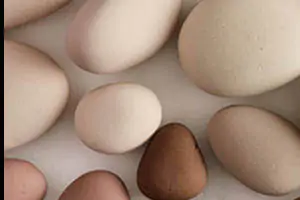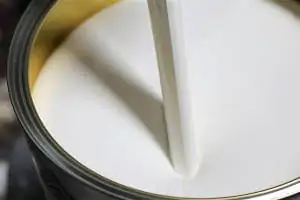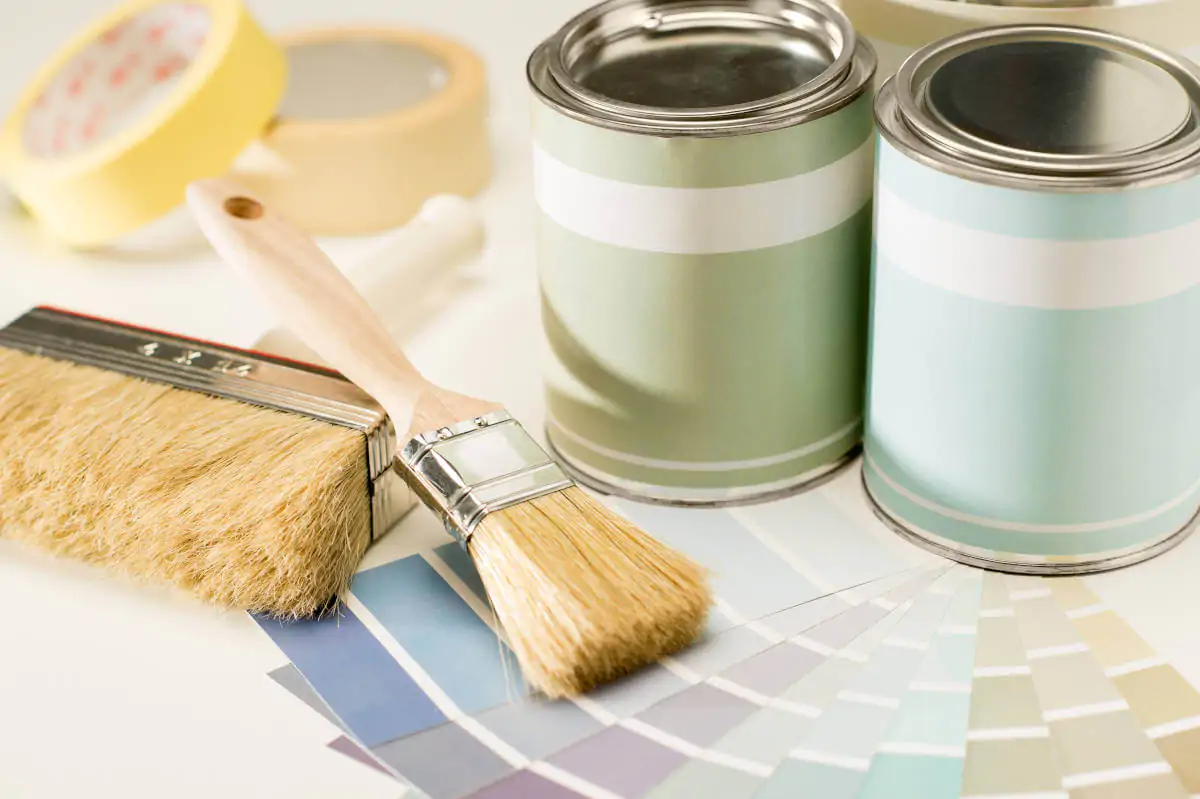
How to Paint a Wall
A Guide to Painting Interior Walls
A step-by-step guide to painting an interior wall, perfect for beginners and a useful reminder for everyone else.
Equipment List
Before you start you will need the following equipment:
- Masking Tape
- Small Paint Brush – for cutting in
- Larger Brush – for finishing
- Sandpaper or abrasive paper
- Roller, Paint Pad, or Tray
- Wall filler
- Decorator's Wallpaper or Paint Scraping Tool
- Paint
1. Choose a Paint
There are four elements to consider in choosing the perfect paint, quality, type of paint, paint finish and colour.
-
Quality of Paint.
The quality of the paint should not be underestimated, purchasing a cheaper paint can prove counterproductive. Lower quality paints may be thinner, or have lower quality ingredients, and this can mean you need more coats of paint and more paint tins to get a good result. Lower quality paints may also not be as hard-wearing, they may not be as easy to clean or patch up which meansyou may have to repaint the room sooner. We recommend purchasing a high quality paint if your budget will stretch to it. Higher quality paints may also be more environmentally friendly and have a lower level of volatile organic compounds (VOCs). We only sell quality paints like Little Green, Designers Guild, Andrew Martin, Sanderson and Zoffany, so if you want help choosing a paint head over to our paints brand page. -
Type of Paint.
The types of paint will largely be limited by the surface you are painting, wood paints need paints specially made for wood, but with an interior wall you have the choice of either emulsion, the most common interior paint, as well as lime wash and distemper, both more commonly used in older period buildings. -
Finish.
When you choose a paint you will have a choice of paint finishes ranging from flat matt which is not very reflective to high gloss which is very reflective. The paint finish affects more than just the level of light reflectance, as a general rule-of-thumb matt paints will be easier to patch up, make imperfections in the wall surface less obvious, whilst higher sheen paints will be easier to clean and offer more dirt and water resistance. For an interior wall you are likely to be choosing a paint finish between flat matt and a silk finish, with flat matts ideal for bedrooms, eggshell finishes great for main living rooms, and silk finishes a good choice for kitchen walls. If you want a more in-depth guide to paint finishes you can check out TM Interior's Guide to Paint Finishes. -
Colour.
The most exciting part of choosing your paint is finding the perfect colour. When choosing a colour remember that colours on a screen may look different in real life, the colour you see on a monitor will be affected by your own colour settings as well as any lighting and editing choices made by the photographer or website owner. A paint's colour will also be affected by light and shadow in the room as well as the colour reflecting of the paint on other walls and nearby surfaces. We recommend purchasing some sample paint pots and painting a number of test patches in different areas around the room to help you make your paint choice.
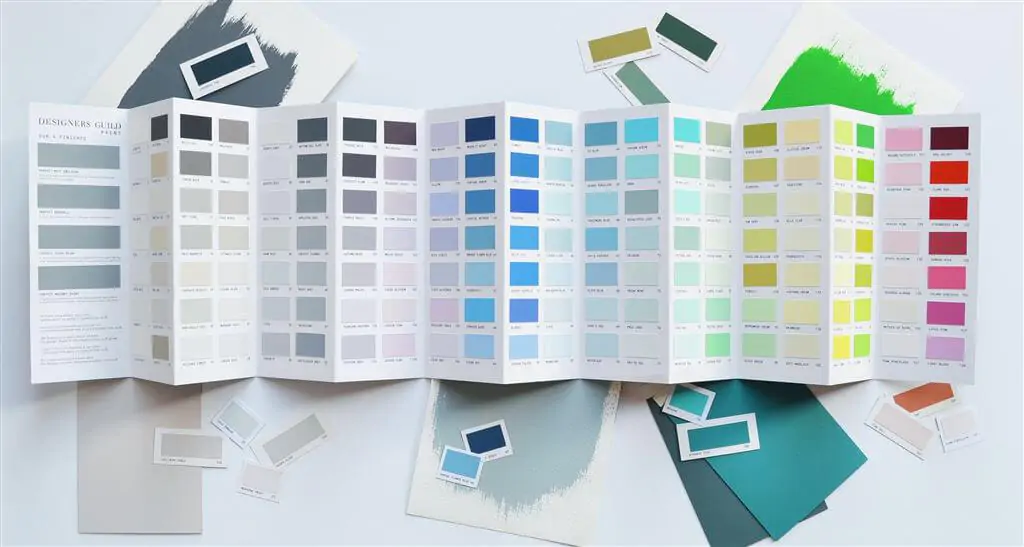
2. Repair the Wall
Before you start painting the wall you should make any minor repairs filling any holes or cracks in the wall. Before you start filling in any holes and cracks you will want to protect your furniture, flooring and any other objects in the room. It is a good idea to move furniture to another room, roll back carpets and ensure there is nothing in the room which can be damaged by paint. Whatever you cannot remove from the room should be covered in dust-sheets and plastic sheeting. For smaller holes, such as where nails and picture hooks have been removed, and for small cracks, a simple filler will be suitable. Larger holes may need patching up with plaster, achieving a smooth finish with plaster requires a high degree of skill, so for anything other than minor repairs you may want to consider hiring a professional. Once you have fixed the wall you will have to wait the recommended time for the plaster or filler to dry.
3. Prepare the Room
When you are ready to paint the room you should prepare the room for painting, such as putting down dust sheets and masking any woodwork, switches and socket plates. Don't forget to remove any lamp shades, cover or remove furniture, cover the carpet or flooring, this is really important if you are using a roller because the paint is likely to splatter more than if you use a paint pad or brush. For a really neat finish you can partially unscrew any socket or light fittings, but only do this if you are confident you know what you are doing (you may want to turn the power off first, test that there are no live wires, and that the socket or switch is not live). As an alternative to unscrewing fittings you can mask the edges and cut in the paint around it.
4. Prepare the Wall
To prepare a wall you should sand and clean it. If the wall is dirty or greasy you should clean the wall first with soap and water or a light sugar scrub, this is because paint will not be able to adhere to a greasy surface or may peel off later. Once the wall has dried you can then proceed to sand the wall, this should be done with a fine abrasive paper, and after sanding you should wipe away any dust with a lightly damp cloth. The wall is then ready for painting.
5. Cutting In
Open the paint, make sure you stir it well so any pigment which has settled to the bottom is mixed back in. If you do not mix the paint then you may find the colour at the bottom of the tin is different to the colour at the top and it will likely be thicker. Use your small brush to paint all the edges of the wall, around the sockets, in the corners, around light switches, doors and windows. This is known as cutting-in.
6. Paint the Wall
After you have cut in the walls you are ready to paint the larger spaces with your tool of choice, pick from a larger brush, paint pad or roller. Brushes work well if the surface is uneven, such as in an older property or one where you are painting over artex or textured wallpaper, rollers are great for speed but can be messier, paint pads are good for speed with less mess, but the tool you choose will also be a question of personal preference. When you have chosen it is time to paint the wall, aim for a nice even coat but don't worry about trying to achieve a perfect finish, that should happen with the second or final paint coat.
7. Let the Paint Dry
After you have applied the first coat it is important to let the paint dry properly before attempting to apply a second coat. If you rush this stage and apply a second coat before the first coat is dry it may peel off the paint leaving lumps and gaps in the paint. So follow the manufacturer's guidelines and use it as an excuse to take a break from painting or to move to another part of the project. Don't forget to clean your brushes to prevent them drying out.
8. De-Nibbing
When the wall is ready for the next coat of paint you should very gently sand the first coat. This is called de-nibbing, and it is just a very light scuff to help the next coat bind to the surface, and to sand down any drips or spills. You should be able to brush any dust off with a dry cloth ready for the next coat of paint to be applied.
9. Apply the Second Coat
To apply another coat of paint you simply repeat 5 and 6 above, start by cutting-in the paint and then paint the larger patches. If you are happy with the finish you have finished the painting stage if not, or if the manufacturer recommends more than two coats of paint simply repeat steps 7, 8 and 9 as necessary. This is where you may be thankful you purchased a quality paint.
10. Remove Masking Tape
When the paint is dry, but on the same day as painting, remove the masking tape. This can be a little tricky, if the paint is wet or there are pools of paint, taking the tape off may leave some paint on the masked surface (so be ready to wipe it off with a damp cloth), if you leave it too long the masking tape will become stickier and harder to remove and may also take off some of the paint it was stuck to. Congratulations, you have painted your wall so take a step back and admire your work.
Little Greene's 10 Steps to Painting a Wall
If you prefer a video reminder of the steps for painting a wall take a look at Little Greene's 10 Steps to Painting a Wall below.
TM Interiors
Can’t find what you’re looking for? We can help.
Call our customer support team on +44(0)1733230499 or email us.

Related Articles
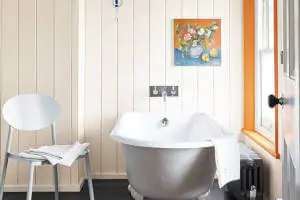
Guide to Room Orientaiton
A guide to painting for room orientation.
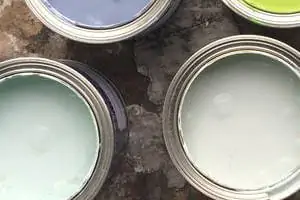
Oil v Acrylic Gloss Paint
A guide to oil & acrylic gloss paints.



